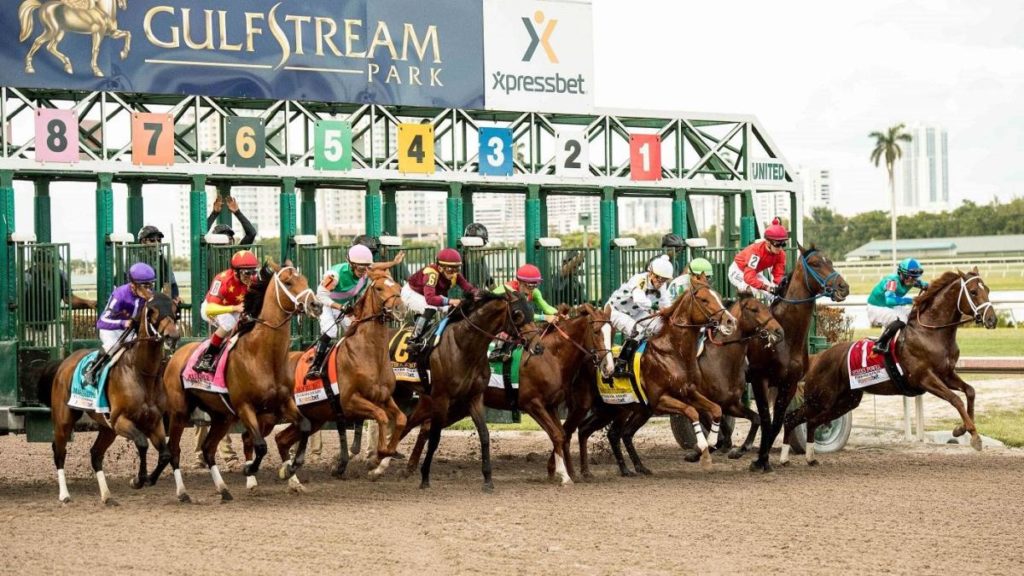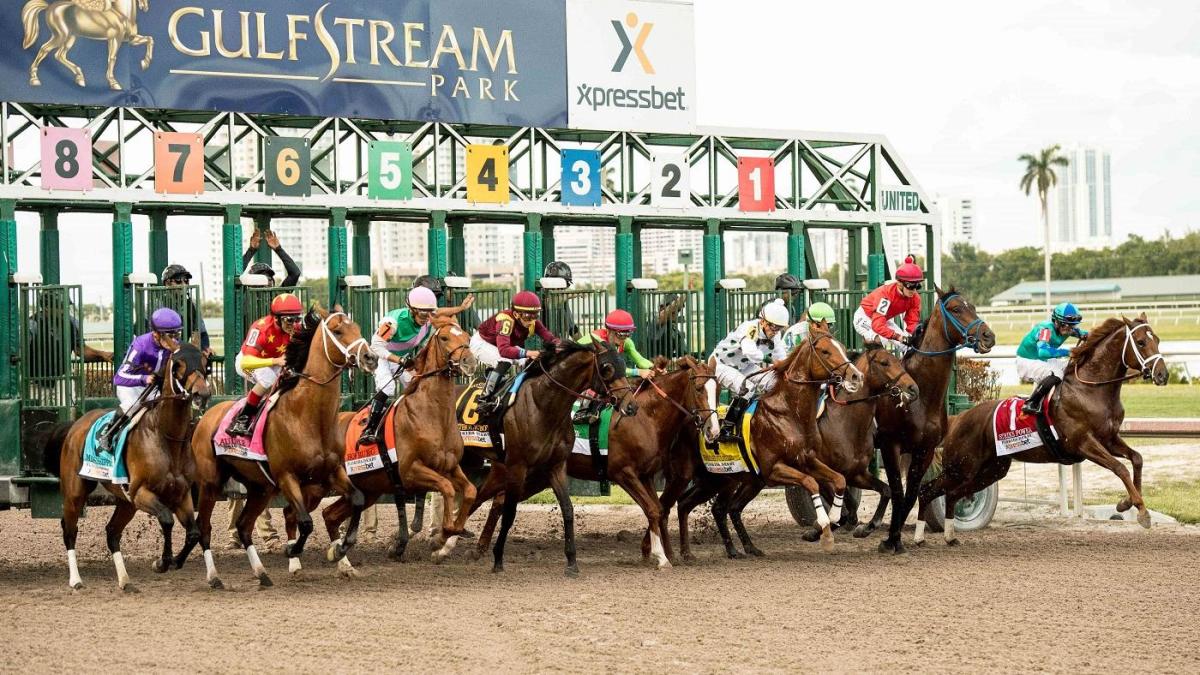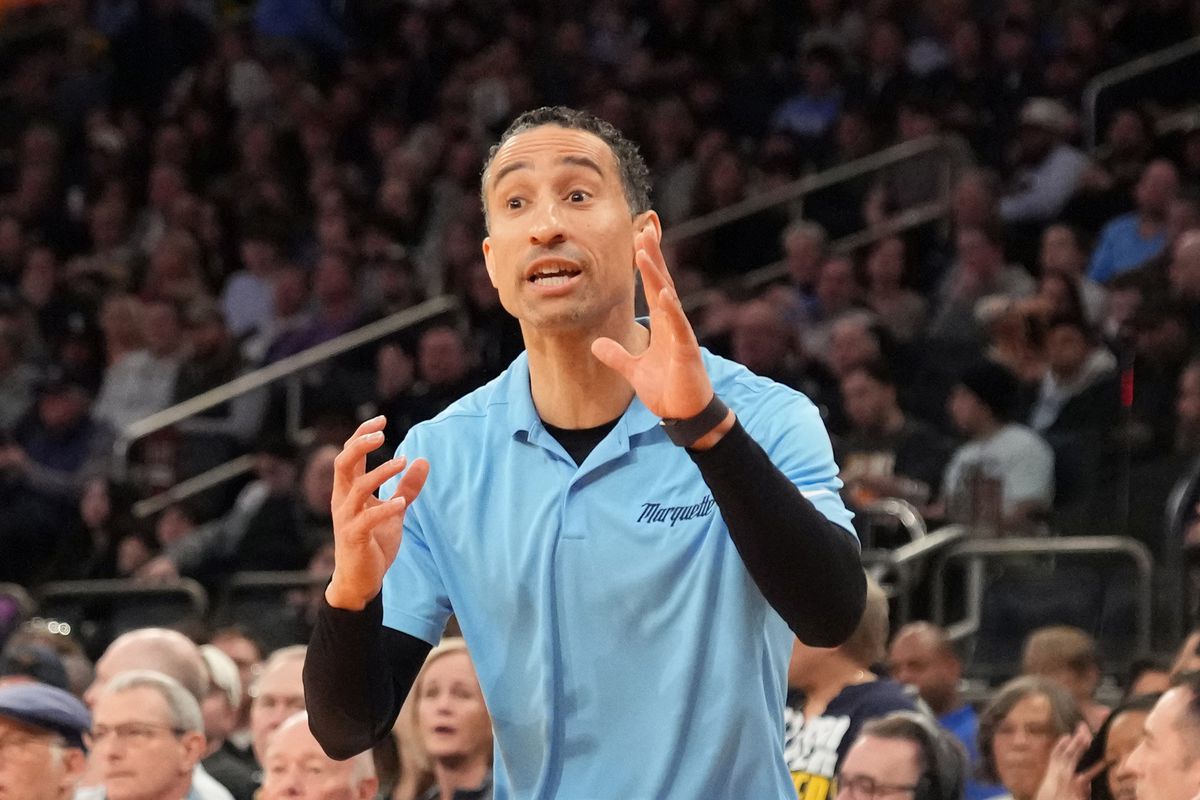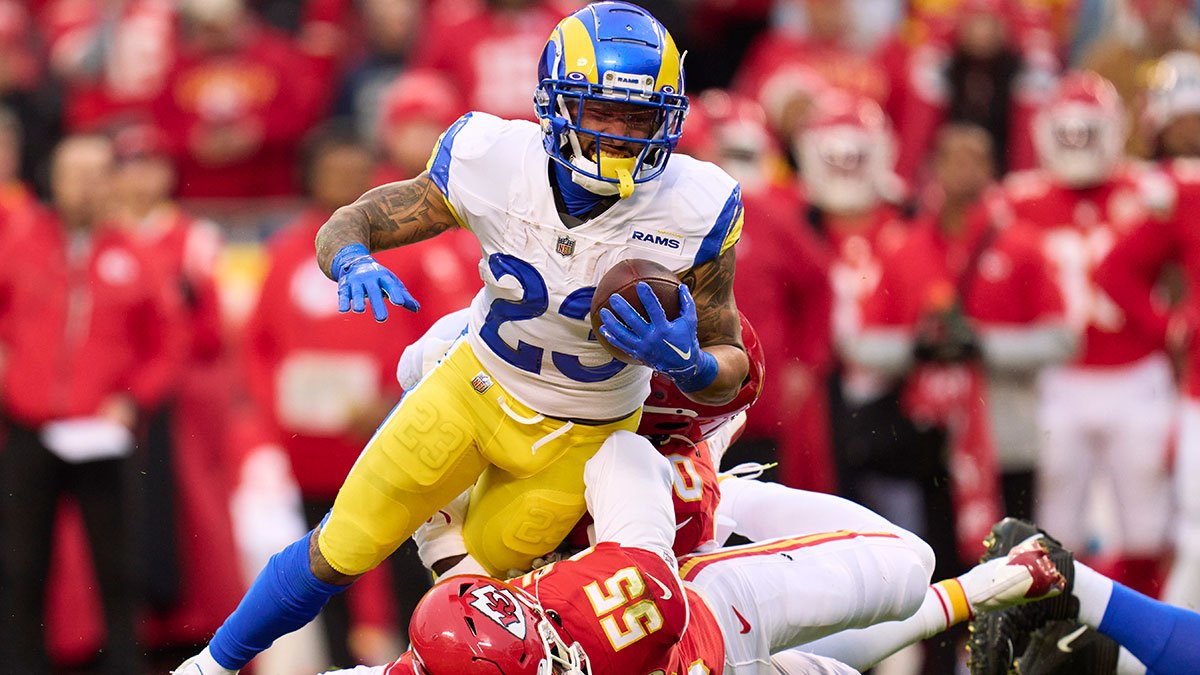If you’ve been a horse racing bettor for quite some time now, you must have heard of the term “false favorite.” If you’re a person who has a strategy that is based around the official ranking, identifying false favorites is essential. Horse racing is all about picking winners, and if you don’t know how to identify false favorites, you’re going to have a bad time.
Always betting on the favorite is not a very profitable strategy since not all favorites are winners. In fact, if you always bet on the favorite, you’ll lose two-thirds of your bets. But that being said, what are false favorites?
What are false favorites in horse racing?
Let’s talk about the favorites first and how they contrast false favorites. So there are two types of favorites in horse racing. The first type is the morning line favorite. The track handicapper will pick a horse that he thinks will win the race and put in odds according to the horse’s talent. The second type of favorite is the post-time favorite that is essentially the horse that the public thinks will win the race.
And yes, the horse may or may not also be the morning line favorite. However, in the case of the favorites, sometimes the track handicapper or the public can get it wrong. These favorites will be called false favorites. But how does this happen? First of all, the public and the track handicapper are humans, which means that they are prone to error.
In the case of the track handicappers, it’s more forgivable since they have to handicap and give out odds for every race, and it’s actually impressive how they are right most of the time. However, in the public’s case, them picking out a false favorite is mainly due to lazy handicapping, which happens more often than not.
Here are some factors that would help you identify false favorites in horse racing.

Last Start Winners
One of the biggest influencers of the betting market is last-start winners. For the public, a last-start winner automatically means that the horse can win at any grade. If you’re one of the public, you should know that there are many more factors to consider before picking the last start winner—for example, the strike rate. There are a lot of horses in races that have a low strike rate. The strike rate indicates a horse’s recovery rate, racing patterns, and overall performance. If a horse is a last-start winner and has a low strike rate, that is almost always a red flag.
Media Influence
If you’ve been better for a long time, ready, you’ll undoubtedly know the media’s impact on the future odds in the betting pool. This is also true in horse racing. Either from a strong win or an unlucky run from the last position, you’ll be sure that the media will have ongoing replays about the horse talking about its untapped potential.
Not only that, but these same remarks can also be found in form guide summaries where a lot of bettors can read. This will then attract a lot more bettors making its odds lower than they should be.
Trainer Ability
Although the horse and jockey do most of the work during a race, the trainer’s efforts can also influence a horse’s performance. Trainers who sent horses that have an overall 6% or less win rate can be considered a red flag. Not only that, with odds this low, you would need to bet 14 to 15-1 if you want to make the horse a fair bet.
Another thing; trainers with an average of 10-12% can still be very weak against certain factors like turf races, 1st-time starters, etc.
Overlooked Speed Maps
Speed maps are different for every race, and neglecting to check them can be the difference between winning or losing a bet. For each race, you need to assess the speed maps to get a better gist of the position of the horse you want to bet on. With that in mind, a bookmarker who achieved favoritism should be checked relatively to see if the horse is a false favorite.
Come to think of it, backmarkers have all odds stacked against them since they have to get past all of the horses during the race from the back. That means that you are hoping that the horse will get a lucky break between the other competitors when betting on them.
Not only that but if the horse is in an inside barrier, it’s even more disadvantaged. As a general rule of thumb, a horse that did well on its previous run but has a significant disadvantage on the current speed map is a false favorite.
Takeaway
Horse racing betting is all about picking the right horse to win. That said, one of the things you can refer to for your bets is the official ranking and the favorite, which you can see in TVG. However, not all favorites are winners, and some are even false favorites. That is why it’s always necessary to identify these false favorites so you know which you should avoid betting on.






